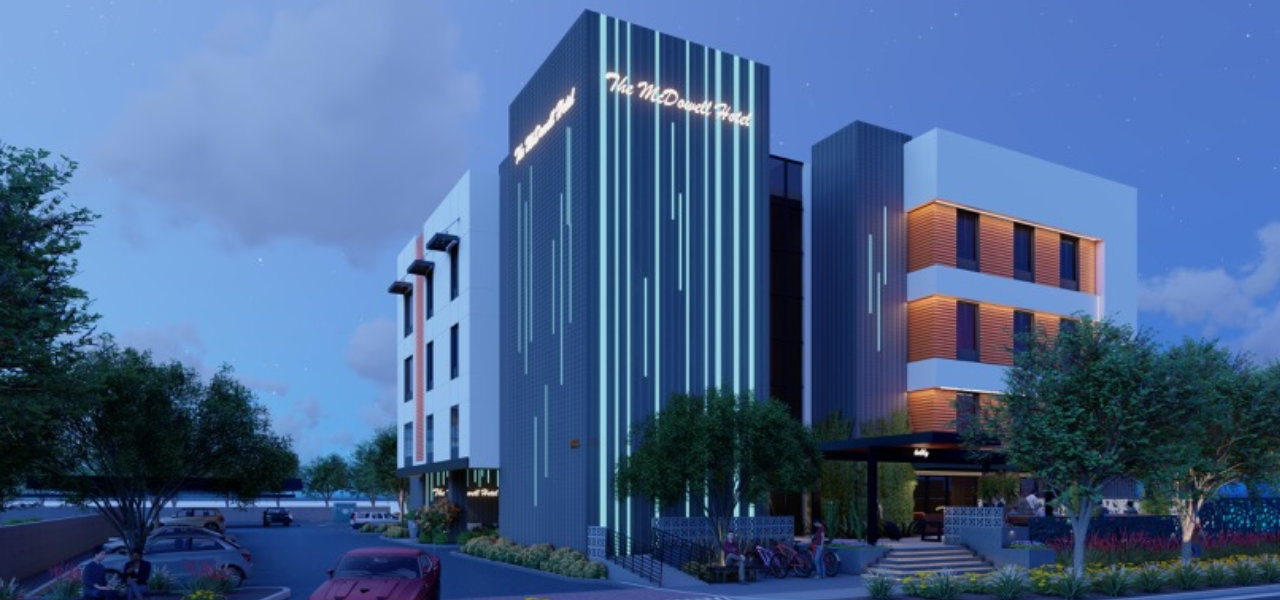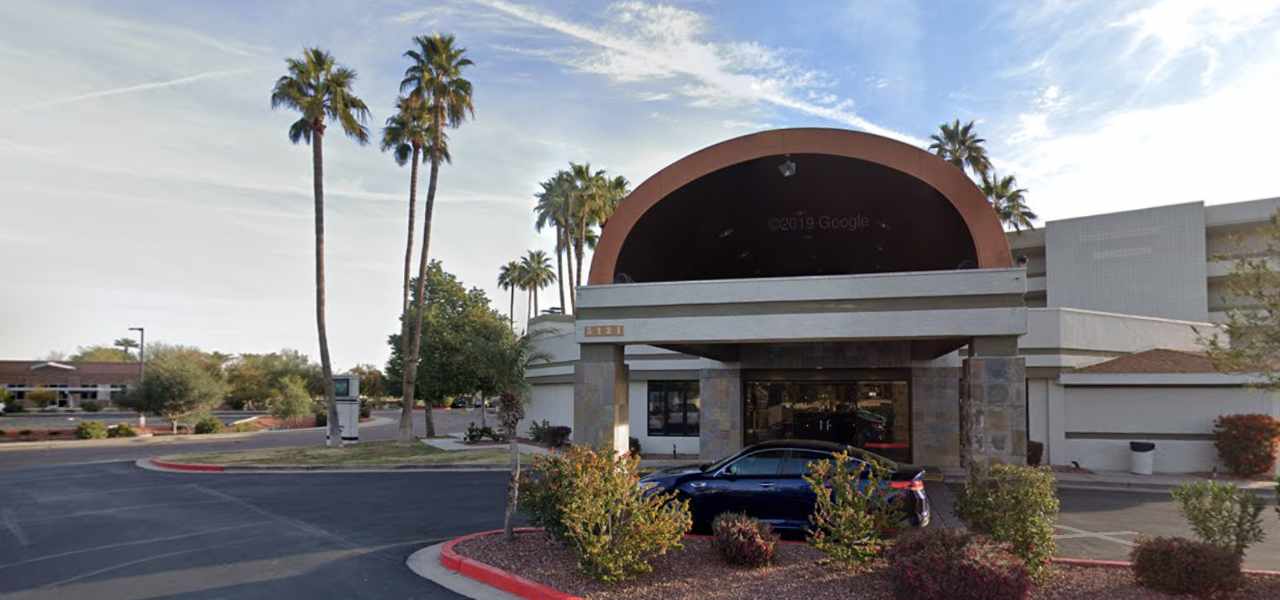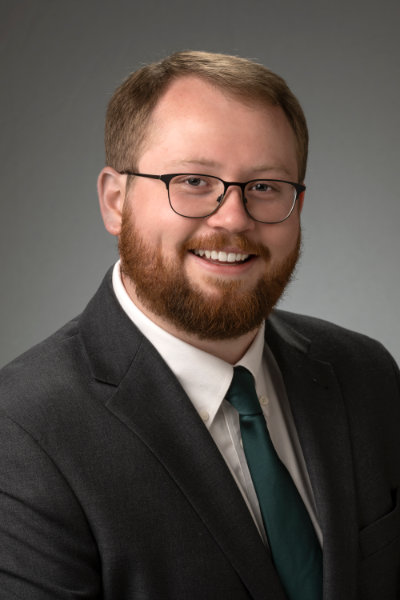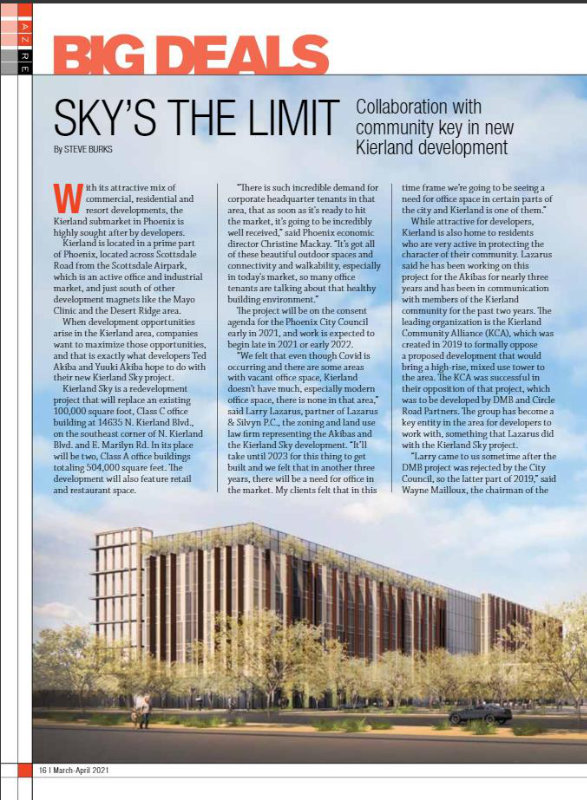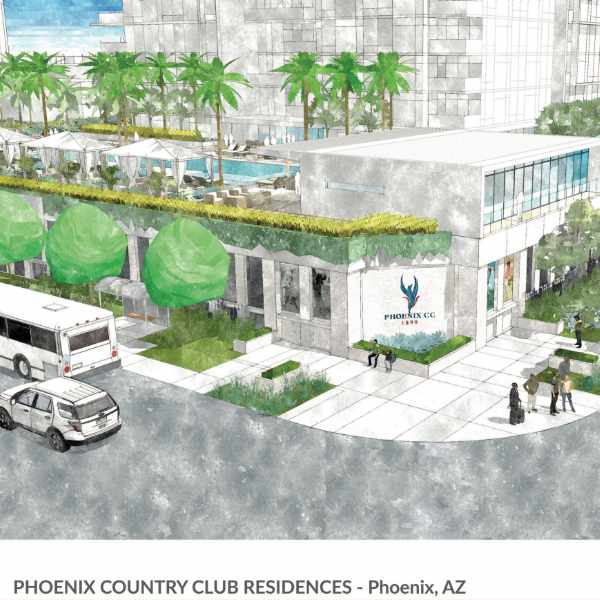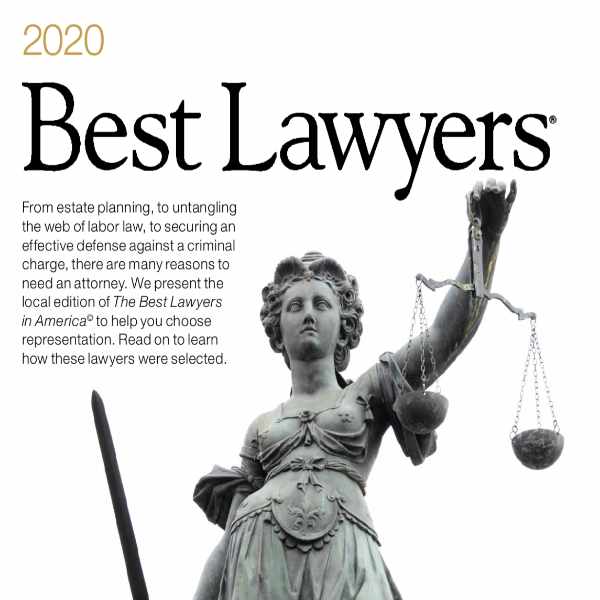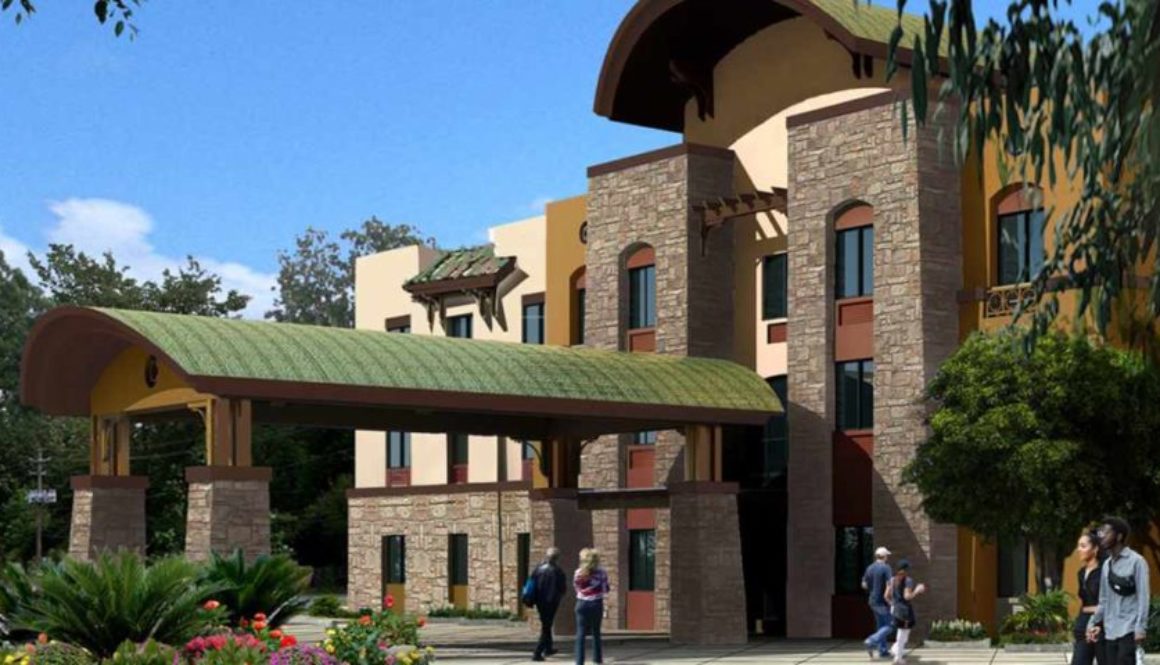By Jamie Donnelly
SPECIAL FOR THE ARIZONA DAILY STAR
Two hotels, two apartment complexes and an entertainment district are slated for the new Oro Valley Village Center in what officials said is an effort to create a mixed-used development on the northwest side with entertainment, dining, hospitality and residential options. The center, which was previously known as the Oro Valley Marketplace, was sold last year to Town West Realty after the retail center faced troubles due to the Amazon effect, or the negative impacts of online shopping on brick-andmortar retail stores, said Mary Jacobs, town manager. Jacobs said the new owners are planning to reimagine the center rather than redevelop it.
‘They’ve developed a plan that they believe will support the retail on the facility and that is by incorporating both residential and hotel on the site to facilitate a continuous customer base for the restaurants and for the retail,’ Jacobs said.
Keri Silvyn, a partner at Lazarus & Silvyn, the firm behind the redevelopment, said they are trying to create a place where people can live, work, play, shop and be entertained in a singular spot.
The most excitement, she said, has been about the entertainment district. The project’s website states the project will include features such as a beer garden, miniature golf course, splash pads, sand beach, playground and bike and pedestrian paths.
‘People can live there and interact and not have to get in their cars to interact with it,’ Silvyn said.
Jacobs said that will help ‘generate the foot traffic that they need to sustain’ the project.
‘They hope that people will say, ‘Oh, while I’m here, I’ll go shop with the kids,’ or mom says, ‘Hey, you watch the kids in the splash pad, I’m going to Ulta,” Jacobs said.
Even though COVID-19 has shut down many projects and businesses in Tucson, Silvyn said they are still able to continue work on the project since they are still in the paperwork stage.
Oro Valley was able to hold a neighborhood meeting before the social distancing requirements that discussed the plans for the center and addressed questions and concerns the community had. Silvyn said for the most part people were supportive.
‘I think the concerns that we heard are concerns we hear with every project, which is always about traffic,’ Silvyn said. ‘There seems to be a concern in Oro Valley from some people now, not everybody, about apartments and being concerned that brings crime into the area. The statistics don’t show that, in fact, a really well-run apartment complex is actually good for the community because it provides diversity of income levels and opportunities.’
Silvyn said it will probably take three to five years to complete the Oro Valley Village Center.
Hotels, apartment complexes and an entertainment district are slated for Oro Valley Village Center. The project’s website say features will include a beer garden and splash pads.
COURTESY KERI SILVYN / LAZARUS & SILVYN

